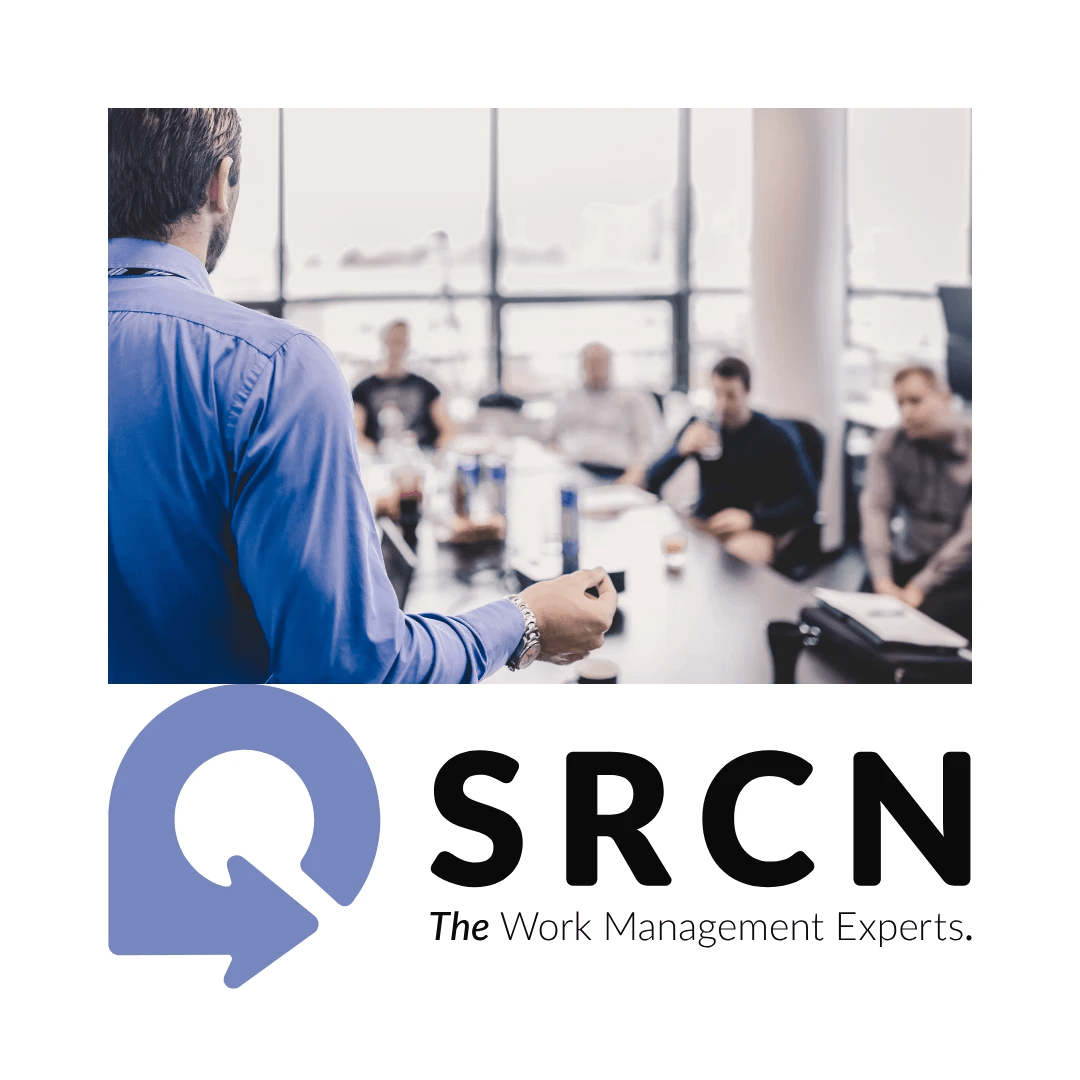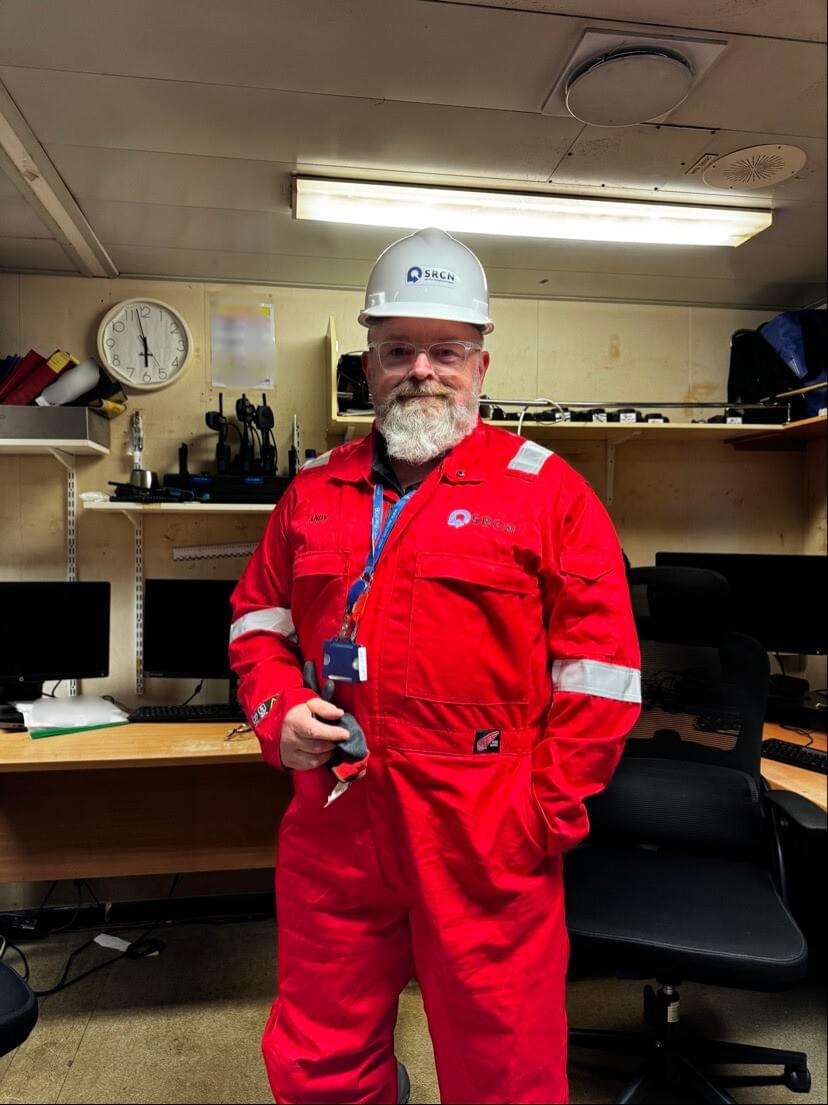In today’s fast-paced operational environments, leaders are under constant pressure to improve performance, streamline processes, and deliver more with less. Naturally, many look to process documentation as the answer: “If we’ve written it down clearly enough, people will follow it.”
But here’s the truth: a process on paper doesn’t create performance in practice.
Our Managing Director, Colin Wilson, was recently on a call with a prospective client who asked him a question he'd heard many times before:
“Why do I need to give my people training when they can just read the process?”
His answer was simple, and it stuck:
“Just because the words come up on the screen at Karaoke doesn’t mean I can sing.”
That analogy says it all.
Words alone don’t build skill, confidence, or consistency. Training does.

Training Is the Bridge Between Intent and Execution
You can redesign workflows, rewrite standard operating procedures, or revise maintenance strategies, but unless people are equipped to implement them, the changes won’t stick.
SRCN’s approach reinforces this. We don’t recommend change for the sake of change. Instead, we deploy fixed-price, fixed-scope, fixed-duration programs to:
- Assess current work management maturity.
- Identify where gaps exist and make recommendations for improvement.
- Provide training & coaching to build capacity to embed and sustain current or
new ways of working. - SRCN don’t just hand you a shiny new process; we help your people internalise it!

How to Make Training a Strategic Asset
- Assess maturity first: Start with a diagnostic: how well are your existing processes being used now?
(SRCN’s Work Management Assessment Framework is precisely this Work Management Assessment, Review, Improvement - SRCN Solutions) - Design training alongside process redesign: Don’t treat training as an afterthought. Build it into the project plan.
- Use modular, role-based training: Technicians, supervisors, planners, managers and leaders each group needs tailored instruction and to understand the part they play in the process.
- Adopt flexible support models– refresh and onboard as you go: For example, SRCN offers an on-demand support service: clients purchase a bank of hours (5–15) to access training,
coaching, or advice as needed (Work Management & Maintenance Training, Coaching & Support) - Measure adoption, not just attendance: As well as ensuring and championing attendance, it is also important to track whether people are following the process correctly and consistently.
- Encourage continuous learning: Let teams propose updates, capture lessons learned and evolve.
Processes Don’t Drive Performance, People Do
A great process sitting unread in a folder (or ignored on an intranet) achieves nothing. But a team that’s been trained, coached, and empowered to bring that process to life? That’s where transformation happens.
So next time you’re tempted to ask, “Why train them when they can just read it?” remember the Karaoke analogy. Words on a screen are only as powerful as the person singing them.
#SRCN/Articles